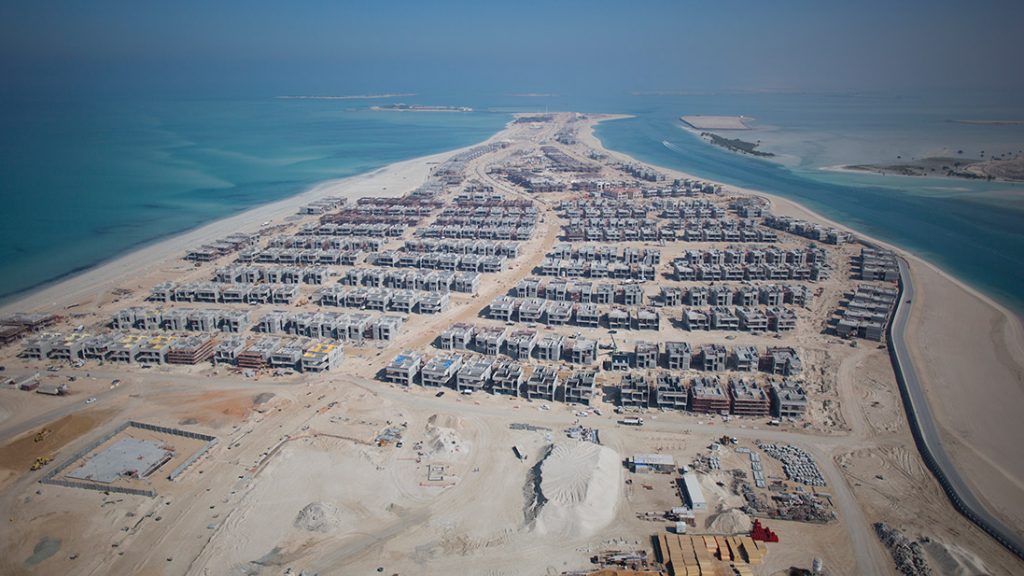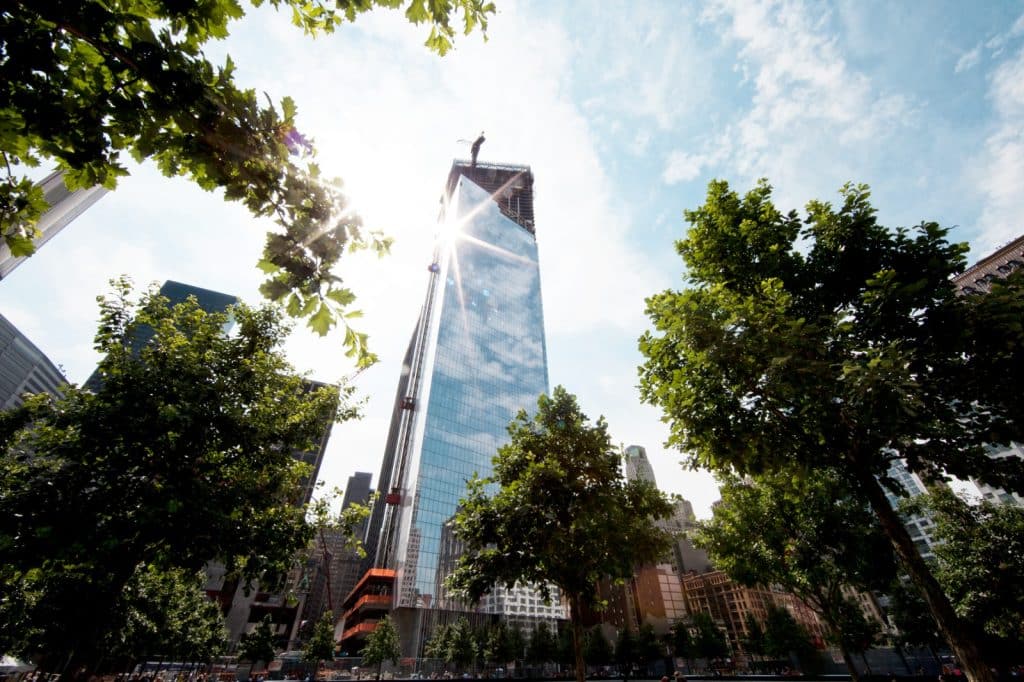Saadiyat Development and Investment Company showcases innovative designs, landscapes and architecture at the upcoming Hidd Al Saadiyat development
Last month, Saadiyat Development and Investment Company (SDIC) showcased its first villas at the Hidd Al Saadiyat development, a 1.5 million square metres of natural waterfront land on the North-east part of the Island. Abu-dhabi based real estate development started the infrastructure work on Hidd Al Saadiyat in October 2012 and the construction of the villas for the community in July of 2013, the first villas are now available for viewing by its clients and potential buyers. The community is also covered with seven kilometres of beaches on Saadiyat Island.
The villas combine Contemporary, Mediterranean and modern Arabic architecture designed to complement the spectacular beachfront location and surrounding landscapes.
The area will be inhabited by 4,000 people with 453 villas and 15 low-rise apartment buildings. The estimated demographics of the residents would be 60% local Emiratis and 40% expats.
Mahmoud Dandashi, Commercial Director at SDIC says: “The management highly appreciates the support of Abu Dhabi Urban Planning Council, Abu Dhabi Municipality and all Government Authorities in turning this vision into a reality. Project success is the result of SDIC’s pursuit for service excellence with a mission to deliver the most healthy and sustainable lifestyle, in line with Abu Dhabi’s 2030 plan.”
The private beach is conveniently accessible from all areas throughout the development and will be accessible through a three-minute walk from any villa in the community. The coastal dune habitat adds value to the entire project with a potential turtle-nesting area. The island is organically developed with vegetation that is native to the area, requiring minimal water and is aligned with the overall natural system management of the development.
The villas and low rise residential buildings are designed to respond and adapt to climatic conditions, utilising active and passive design principles, thus minimising the need for cooling and reducing energy demands. In addition the lighting of the buildings, streets and public areas will feature control mechanisms that minimise overall light spill and limit impact on the natural beachfront. The project was awarded the Estidama Pearl 2 rating for compliance with Abu Dhabi’s sustainability standards of new projects. Dandashi says that achieving the Estidama rating is particularly special to us as it adds to our value and validates our sustainability credentials. Craig Slingerland, Project Director at SDIC, says that the systems installed in the villas are smart systems, which adjust temperatures, fan speed, etc. via Ipads. “It also tells you your consumption enabling you as a customer to be more aware of your usage.”
This March, SDIC has successfully managed the complete 78% of the infrastructure and 40% of the villa construction. The construction is still in progress and the project is due for completion at the end of 2016.
The villas include a home automation system from UT Technology to provide potential residents with the experience and convenience to manage and control the different automation systems at home from a variety of interfaces. UT Technology home automation fulfills the Estidama initiative of supporting the Abu Dhabi Urban Planning vision 2030 for energy efficiency and green buildings.
The home automation includes a lighting, community portal, audio, curtains, reporting and security, energy consumption, video, unified billion integration, climate, and real time monitoring.
The buildings are designed specifically to respond to climatic conditions and minimise energy demand for cooling. In addition, majority of buildings align north-west to south-east to accommodate local climatic conditions.
The construction includes optimal opportunities for water, energy and solid waste reduction for buildings along with the use of efficient fixtures and fittings. SDIC has also made a provision to use solar energy for hot water in the entire development.
Apart from the villas, the area is being designed and landscaped to prioritise pedestrian and bicycles connectivity and walkability through linear parks. The public areas are provided with shading through shading structures. “Even the walk to the beach is convenient and accessible”, says Dandashi.
The natural systems management of landscape design is done through relevant plant selection, avoidance of pesticide use and efficient irrigation systems to ultimately reduce water demand for irrigation. Even the use of native vegetation was appropriately executed to reduce water use.
The community will also include a solid waste management strategy included in its infrastructure that includes provision for recycling facilities.




